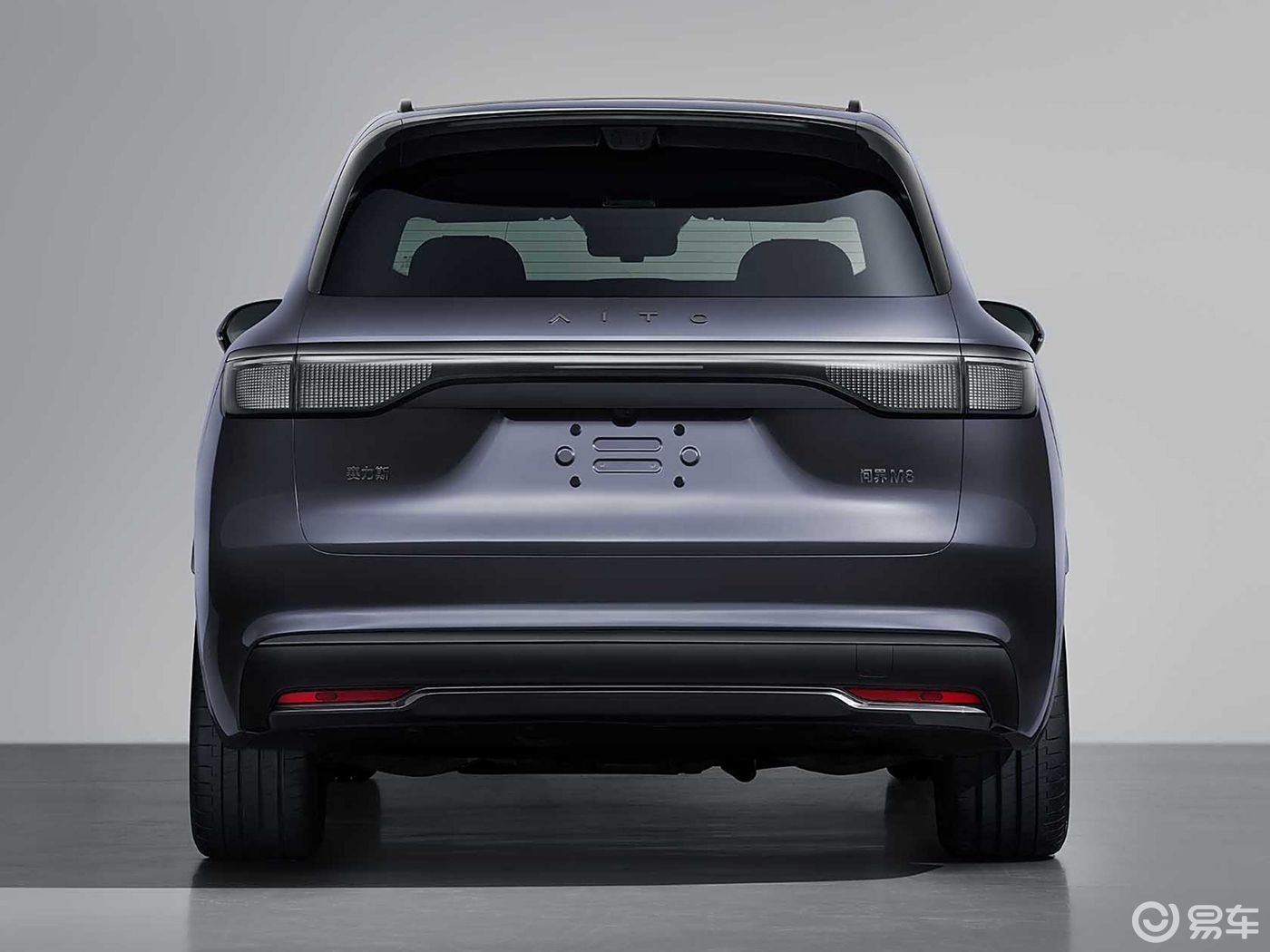Original title: Why are there many industrial and commercial halls in Chongwai area?
The traffic location is convenient for businessmen.
According to the Records of Place Names in Chongwen District, there are 154 halls in Old Chongwen District. Although some of them are called fellow country halls, they are actually industry or industrial and commercial halls. There are not many halls that really serve the literati who came to Beijing to take the exam. There are only two halls, Jizhou Trial Hall and Zunhua Trial Hall, which are called trial halls, which are different from other halls.

Linfen Guild Hall, located in Ximaochang Street, is more than 400 years old, and was jointly built by five elements merchants in Linfen, Shanxi.
Historically, Shanxi businessmen and Shandong businessmen once dominated Beijing’s economy. Lu ‘an Guild Hall, which was once located in the south of Guangqumen Inner Street Road (now around Anhua Building), was built by Shanxi merchants who engaged in copper, iron, tin and carbon. In the old days, the hardware industry regarded the old gentleman in Taishang as the industry god, so there was an old gentleman hall dedicated to the old gentleman in Taishang in the guild hall. According to historical data, Lu ‘an Guild Hall appeared in the Ming Dynasty, and it grew from small to large, becoming one of the great guilds in Beijing. The "Monument" in the hall in 1920 said: "There was a Shenlu Temple in the old Lu County Hall, and the room outside the courtyard was the tomb of Lu people. For example, offering sacrifices to the meeting, raising the life and stopping the coffin, to the managers of the three gangs of copper, iron and tobacco bags for the county people. " Lu ‘an Guild Hall has the Laojun Temple and the altar for offering sacrifices to the furnace god, because the hardware industry can’t do without smelting furnace, so it is natural to offer sacrifices to the furnace god in the Guild Hall, and the old place name of the Guild Hall was called the furnace holy temple.
Shanxi Linfen Guild Hall was established by Shanxi merchants, and Shanxi pigment merchants also built another pigment guild hall in Qingyun Hutong. Pigment is not a concept in the old days, it includes many building materials and daily necessities, and it is a big industry. According to the data of Beijing’s economic history, "the cover of the paint shop is a flower stick, which is more than a foot long. Generally, it is painted in five colors: red, yellow, black, green and blue, decorated with golden flowers and painted with golden paths". This kind of flower stick, also known as the Five Flower Stick, is said to be specially designed to beat the emperor who fainted, and Emperor Yangdi was killed by the Five Flower Stick. Later, the five-flower stick became the symbol of the paint shop. "This kind of cover is always hung, not if other shops hang it early and later, it is intended to be the monarch of Yongzhen."
The pigment shop also sells all kinds of waxes, such as Jingyang Yellow Wax and Sichuan White Wax. In the years when there was no electric light, wax was mostly used for urban residents’ lighting, and wax was still a sacrificial object. When they got married, they were called "wedding night", and some scholars "read by candlelight at night", and candles were wax.
Linxiang Guild Hall, located in the eastern city of Chongwai, is also related to Shanxi merchants. It was established by Xiangling merchants in Linfen.
Cixi Guild Hall was established by a clothing merchant in Cixi, Zhejiang. Garment shops are shops that process, customize and sell garments. In 1923, there were 84 garment shops in Beijing. Shanxi cloth merchants built Jinyi Guild Hall in Xiaojiang Hutong, which was also called "Cloth Guild Hall" because it was built by cloth merchants among Shanxi merchants. According to "Atlas of China Cultural Relics", by the time of the Republic of China, Jinyi Guild Hall was no longer used as a cloth business meeting, but as a place for people from Yicheng, Shanxi Province to reunite in Beijing, and also provided free living services for people who went to Beijing temporarily. In 2011, Jinyi Hall became a part of Liu Laogen Hall.
In addition, Fujian paper merchants built Yanshao Guild Hall in Chongwai, while Yuanning Guild Hall was funded by Jiangsu silk merchants.
There are many historical reasons for "worshipping foreign countries" industries and industrial and commercial halls. Since the Ming Dynasty, the Grand Canal was cut in two due to the construction of the outer city. "The soil is getting higher and higher, and the boat can’t reach it." The pier of Jishuitan can’t be used anymore, and the terminal pier of the Grand Canal was changed under the Datong Bridge in Dongbianmen, not far from Chongwenmen. In addition to water transport vessels, there are many merchant ships at Datong Bridge Wharf. Merchants often unload ships here. Besides building warehouses and warehouses in Chongwai, they also build industrial and commercial halls. They live in the halls to facilitate business.
Since the Ming Dynasty, Chongwenmen has been a very important tax gate. At the end of Qing Dynasty, Prince Su once supervised Chongwenmen’s tax gate. He honored the collected taxes to "Lafayette" and became Cixi’s "rouge money" for her to squander at will. It is said that many of Beijing’s "official residences" were built by her with uncountable rouge money, and she profited a lot from them, which shows that the amount of tariffs and taxes in Chongwenmen is large. After paying taxes, most businessmen live in Chongwai area nearby. They don’t live in chicken feather shops, but prefer private residences. Of course, the most convenient place is the clubhouse built by peers. As a result, it is normal that there are many industrial and commercial and trade halls in Chongwai area.
In addition, Chongwai area is the hometown of handicraft industry in history, and all kinds of products have become the source of goods for merchants from all walks of life. Vendors from all over the world bargain and discuss business here. Merchants will build some halls in Chongwai nearby. Although some halls are nominally literati test halls, the imperial examination is held once every three years, and people in the industrial and commercial circles mainly live in them on weekdays. It is natural that there are many industrial and commercial halls in Chongwai Hall.
Handicraft developed and business prospered.
There are many industrial and commercial halls in Chongwai area, which has a lot to do with the development of handicrafts here. Since the Ming and Qing Dynasties, in addition to many small weaving factories, hosiery factories, hemp rope factories and towel factories, handicrafts such as paper, silk, paper and flower, filigree inlay, cloisonne, ivory carving and feeder have been worshiped abroad, especially around Huashi Street, where they have grown and developed, leaving an unforgettable page.
In the 1920s, Beijing Practical Guide made statistics on handicraft workshops and shops in Chongwai area. For example, there are 9 Cui Hua Bureau (making glass jadeite); There are 18 paper flower shops, most of which are in the flower market. There are 13 hemp rope shops, 14 hemp shops and 4 official hemp shops. Chongwenmen was the gate of liquor import and export in history. There was a great demand for wine baskets in that year, and there were as many as 13 shops buying and selling wine baskets in Chongwai area. Interestingly, the shops that buy and sell shoulder poles are also concentrated in the flower market area, with 8 shops. There are 6 feeder shops, and all the mirrors in Beijing are laid in four flower markets, totaling 11.
In 2008, Donghuashi Street also made statistics on the shops and workshops in Donghuashi Street in the 1940s, and made the brand "Flower Market Store Directory". There are more than 300 shops recorded in the store directory, mainly Donghuashi Street, excluding Xihuashi Street and the surrounding hutongs, among which there are four paper flower velvet flower shops, and the velvet silk flower Trade Association is also in this street, with one feeder, one silk cutter, one inlay and one enamel shop (workshop) each.
The flower market is famous for its flowers, but the flowers here are not flowers, but velvet flowers, silk flower flowers and paper flowers, which are called "Beijing flowers". "Jinghua" was once an indispensable ornament for Beijingers, especially decades ago, middle-aged and elderly women wore bright red velvet flowers on their heads during the Chinese New Year holiday, which was very festive from a distance. Flowers bloom for a short time in the north, and there are seasonal restrictions. People who love beauty decorate the environment with silk flower and put silk flower in a vase to make the room full of spring scenery. As for paper flowers, wreaths are mainly made, and all kinds of flowers have their own uses. The "Jinghua" industry was once very prosperous. According to the "Overview of Industry and Commerce in Beiping", in old Beijing, "there are more than 1,000 flower growers in various markets and homes."
The "Jinghua" workshop in the flower market generally does not do all the work, but has a clear division of labor. Some specialize in flowers, some in pistils, some in leaves, and some people or workshops assemble them into finished flowers. "Every morning, thousands of people gather in the flower market to display their products in the market". In addition to retail, larger stalls and "Flower Village" run wholesale and sell "Jinghua" to all parts of the country. In the development of "Jinghua", large-scale merchants, such as flower shops and flower villages, appeared to specialize in the sale of "Jinghua".
The technical content of making "Jinghua" is not high. Assembling flowers, stamens and branches is called "saving live". Adults and children can do it, which has solved many people’s employment. In addition to being used as headgear and decorating life, "Jinghua" merchants also provide services for opera artists and act as "outfits". Famous artists such as "Hua Er Liu", "Hua Er Gong" and "Hua Er Jin" have emerged in Beijing Flower Industry. Hemp rope is an indispensable material for Beijing gardeners, so there are many hemp shops in Donghua Market alone. Later, plastic flowers appeared on the stage, and velvet flowers and silk flower plummeted. Coupled with changes in folk customs, not many people wore velvet flowers. "Jinghua" basically doesn’t exist, except for those who make wreaths, and even "Jingyi silk flower Sales Department" has disappeared.
In addition to the flower industry, there are many handicrafts in Chongwai that are unique in Beijing, such as filigree mosaic, which is very famous. Filament inlay is a traditional handicraft in China. It processes gold and silver into filaments, shapes them by pushing, pinching and weaving, and engraves patterns on the gold and silver filaments, and then inlays them with beautiful pearls, jade and precious stones. The products inlaid with filigree can be roughly divided into three categories, one is jewelry, the other is display and decoration, and the other is to decorate filigree with some daily necessities. Nowadays, filigree mosaic has become a national intangible cultural heritage.
The feeder is also an ancient industry. The grape feeder made in the famous "Grape Factory" is as shiny and shiny as a real grape. The grape feeder is inherited by the "Chang sisters" who originally lived in the flower market. They are Mongolians. In order to keep this craft secret, the Chang sisters never marry. Their deeds are often seen in newspapers. Scholar Deng Tuo once wrote: "The two generations of the Chang family kept the cold, and a hundred years passed down. The purple color of the grapes damages the beauty, and the old dreams are like smoke! "
There are many kinds of feeders in old Beijing, except grapes, peaches, fruits, pears, flowers, animals and people can be confused. The feeder takes glass as the main material, and the handicrafts made are colorful, ingenious, lifelike, exquisite, crystal clear and lovely, and are loved by people. In 1964, the feeder company built a building near Longtan Lake, and more than 800 people were engaged in feeder production. Prior to this, feeder artists were all based on families or workshops, distributed in Huashi Street and surrounding alleys, which should be the birthplace of old Beijing feeders in Huashi area.
Cloisonne, also known as inlaid enamel, is a kind of ware made of fine copper wire woven into various patterns on a copper tire, and then the enamel glaze is mainly blue and filled in the patterns. Cloisonne craft has a history of 600-700 years in China, and it is called "Cloisonne" because of its high development, exquisite technology and various varieties during the Jingtai period in the Ming Dynasty. Before the Japanese invaders invaded China, cloisonne products in Beijing sold very well, and most of them were exported to Europe, America and Japan, and the Japanese secretly copied them. At the time of its prosperity, there were nearly 100 cloisonne workshops with more than 2,700 employees. Dexingcheng, the second lane in Chongwai, and Da Rui Hall in Tea Hutong are among them. In 1923, there were 15 "Jingtai enamel shops" in Beijing, specializing in cloisonne products. In 1950, Beijing Enamel Factory was built in the south of the Temple of Heaven, and the road next to the factory was named Jingtai Road.
Chongwai is known as the hometown of handicrafts and the birthplace of many handicrafts in Beijing. The "Hundred Workshops" established a few years ago confirmed the prosperity of Chongwai handicrafts. Before 1990, there were glassware factories, feeder products factories, art red light factories, craft woodcarving factories, jade factories, theatrical outfitting factories, etc. Many handicraft factories gathered in the same area, which explained the origin of industrial and commercial halls in Chongwai area from the side. (Zhang Shuanglin)














